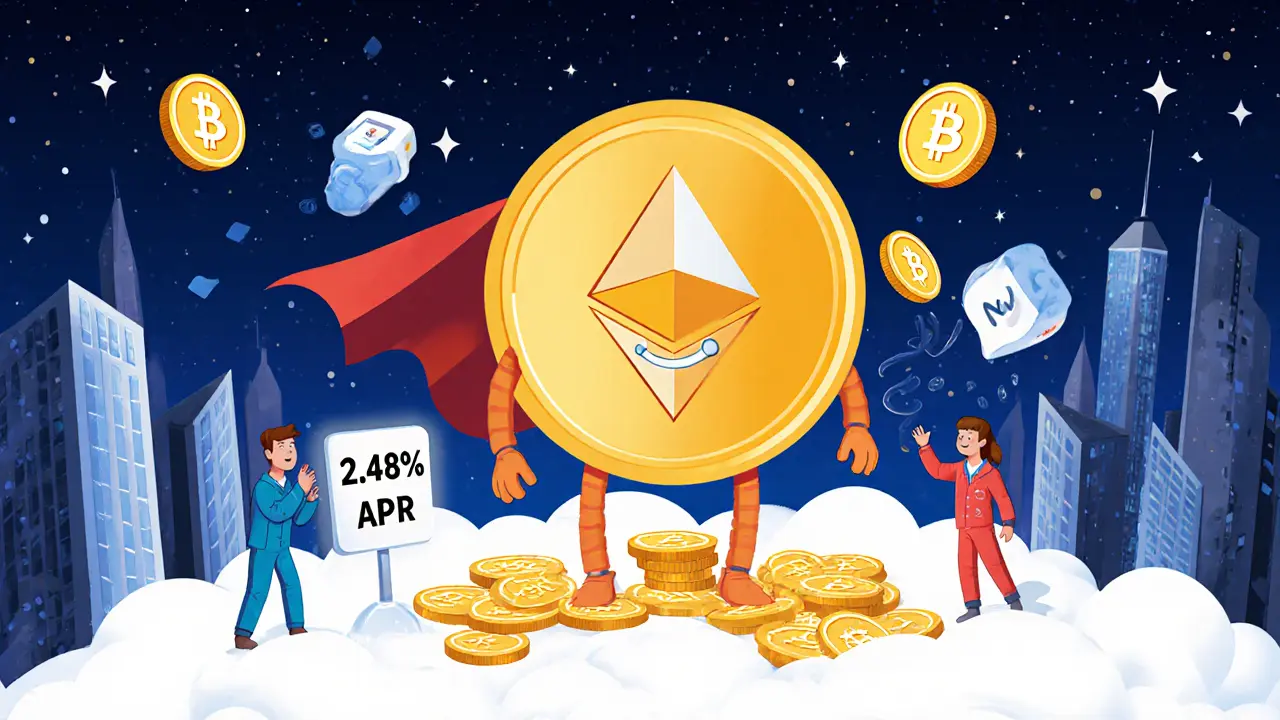Ethereum: The Blockchain Behind DeFi, NFTs, and Smart Contracts
When you hear Ethereum, a decentralized blockchain platform that runs smart contracts and powers most of Web3. Also known as ETH, it’s not just digital money—it’s the operating system for apps that run without companies controlling them. Unlike Bitcoin, which is mostly digital gold, Ethereum lets developers build things: lending platforms, NFT marketplaces, prediction markets, and games—all running on code, not servers.
That code? It’s called a smart contract, self-executing agreements written in code and stored on the blockchain. These aren’t legal documents—they’re programs that automatically send ETH or tokens when conditions are met. If you stake ETH, you’re helping secure the network. If you buy an NFT, it’s likely stored on Ethereum. If you trade on a decentralized exchange, you’re probably using Ethereum’s infrastructure. It’s the glue holding together DeFi, NFTs, and Web3 apps.
After the 2022 Merge, Ethereum switched from mining to proof-of-stake, a consensus method where validators lock up ETH to secure the network instead of using massive amounts of electricity. That cut its energy use by over 99%. Now, holding ETH isn’t just speculation—it’s participation. You can earn rewards just by staking. But it’s not perfect. Gas fees still spike during busy times, and scams target users who don’t understand approvals or wallet security. Still, if you’re into crypto, Ethereum is where the real action is.
You’ll find posts here that dig into how Ethereum’s backbone affects everything—from NFT crashes to DeFi protocols that pay you just for holding. We cover what happens when gas fees spike, how staking works in practice, and why so many scams target Ethereum users. There’s no fluff. Just real talk about what’s working, what’s broken, and what you need to know to use Ethereum safely in 2025.
Discover the top Proof of Stake cryptocurrencies in 2025, including Ethereum, Solana, and Cardano, with real staking yields, entry requirements, and what makes each one worth your attention.
